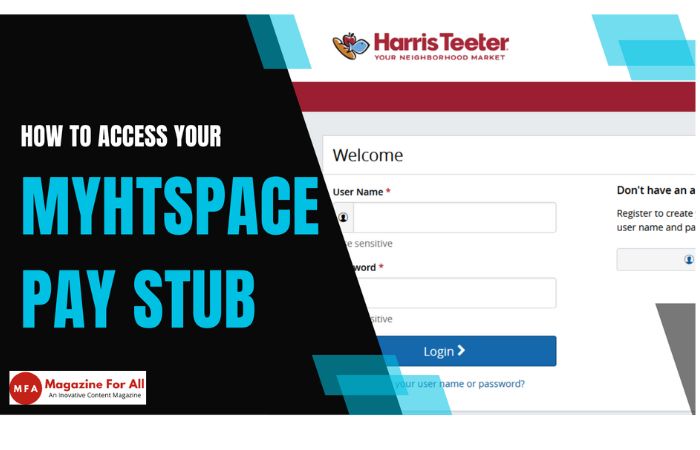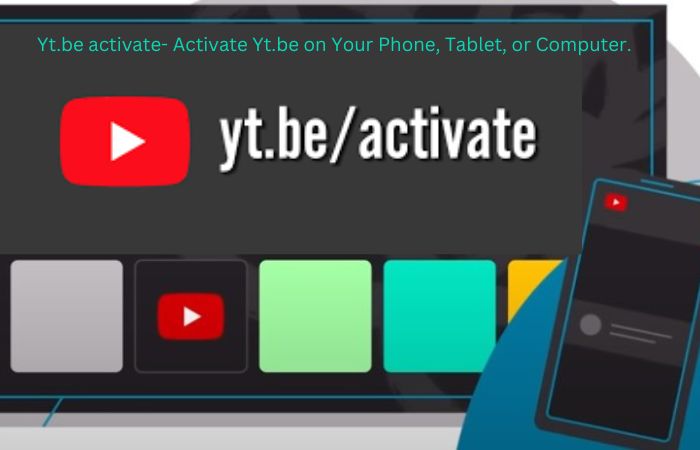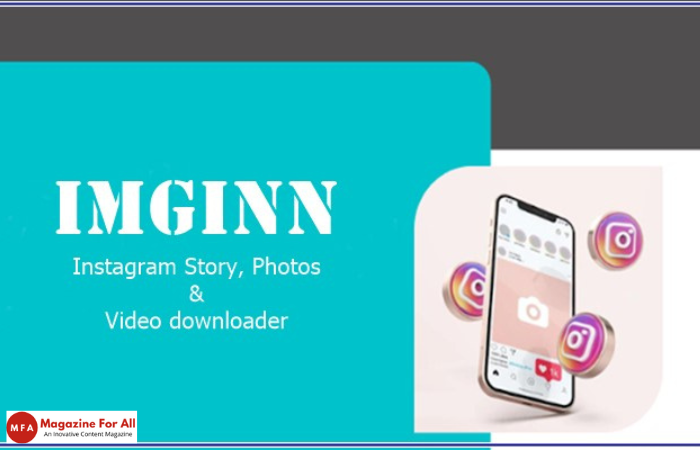Are you a small business owner looking to take your online presence to the next level? A professional and effective website is key to building your brand and reaching potential customers.
However, developing a website can seem like a daunting task. This is especially if you’re not tech-savvy.
But fear not! We’ve compiled 10 tips and tricks for small business website development that will help turn your online dreams into reality.
Let’s dive in and get started on creating the perfect website for your small business!
-
Table of Contents
Define Your Goals
Before diving into website development, it’s important to clearly define the goals you want your site to achieve. These goals should align with your overall business strategy and take into account your target audience. A well-defined goal not only gives direction but also helps in measuring success.
Identify what you want your website to accomplish. Do you want to showcase products or services? Generate leads? Increase sales?
Once identified, set achievable targets. Make sure to establish Key Performance Indicators (KPIs) for tracking progress towards these objectives.
By defining clear goals at an early stage of development, small business owners can create websites that are effective tools for achieving business objectives. With clear goals, they can deliver a seamless user experience for their customers.
-
Plan Your Structure
Planning the structure involves creating a sitemap and organizing your content in a way that makes sense for both you and your visitors. Start by identifying the main categories or sections of your website, such as:
- Home
- About Us
- Products/Services
- Testimonials
- Contact Us
Then, break each section down into subcategories or pages. Keep in mind that you want to make it easy for users to find what they’re looking for quickly and efficiently.
-
Mobile-friendly Design
Having a responsive design has become crucial. A mobile-friendly website allows users to easily access and navigate your site on any device. This is without compromising the overall experience.
It also means that all elements of your site, including images and text, must be formatted correctly and optimized for smaller screens. A responsive small business web design can also improve your search engine rankings.
This is because Google now prioritizes mobile-friendly sites in its search results. Having an optimized mobile version of your site can significantly impact your online presence and attract more potential customers.
-
Intuitive Navigation
Intuitive navigation refers to the ease with which users can find what they are looking for on your website. This comes without getting lost or confused in the process.
One way to ensure intuitive navigation is by implementing a clear and organized menu structure. This means grouping related pages under logical headings. It also means avoiding cluttered dropdown menus and using descriptive labels.
-
Clear and Compelling Content
Your website’s content should be clear, concise, and informative. This helps to effectively communicate your message to your target audience. It is crucial to remember that people visit your website to get information about what you offer.
To create clear and compelling content, it is important to know your target audience. Understand their:
- needs
- preferences
- interests
This will help you tailor the language, tone, and style of writing that resonates with them. Your headlines should be:
- catchy
- attention-grabbing
- descriptive
Avoid overloading your pages with too much text. Make sure there is plenty of white space on each page by breaking up paragraphs into smaller sections or incorporating images or videos where appropriate.
-
Strong Call-to-action (CTA)
A CTA is an instruction to your visitors on what action you want them to take, such as “Call now,” “Sign up today,” or “Download our free guide.” It’s essential to have a strong and compelling CTA because it can significantly impact your conversion rate.
The placement of your CTA matters too. Make sure it’s visible above the fold, so visitors don’t have to scroll down before seeing it. Consider using contrasting colors or bold fonts that make it stand out from the rest of the page.
-
Optimize for Search Engines
Conduct keyword research and use relevant keywords throughout your website’s content. Use tools such as Google Keyword Planner to determine which keywords have high search volume and low competition.
Make sure your website has a clear structure with descriptive URLs, title tags, and meta descriptions. This will help search engines understand what each page on your site is about.
Ensure that all images on your website have alt text describing the image so that it can be indexed by search engines. Additionally, compressing images will improve load time which is another ranking factor.
-
Contact Information
One of the most important elements of any small business website is contact information. It should be easy for potential customers to get in touch with you if they have questions or want to place an order.
Make sure your contact information is prominently displayed on your website, preferably in the header or footer so it’s visible from every page. Include your phone number and email address at a minimum, but consider adding a physical address and links to social media profiles as well.
-
Social Media Integration
Incorporating social media icons on your website allows visitors to easily find and follow your company’s social media pages. With the rise of social media usage, having a strong presence online can be a game-changer for small businesses.
Integrating social media into your website provides an opportunity to showcase user-generated content (UGC). Encourage customers to share their experiences with your brand by using branded hashtags or hosting contests. Displaying UGC on your website not only adds authenticity but builds trust with potential customers.
-
Regular Updates and Maintenance
Your website needs to stay up-to-date with the latest technology, security measures, and design trends. If you neglect your website’s maintenance needs, it can lead to a slow or broken site that turns away potential customers.
Make sure to schedule regular updates for software, plugins, and content on your website. Check that all links are working correctly and remove any outdated information.
Additionally, monitor analytics data to see how visitors interact with your site so you can make necessary improvements. If you need help with all these or are a beginner with a business website, a good step to take is by hiring an IT Consulting firm.
Consider All These Small Business Website Development Tips
Having a website is indispensable when it comes to running a successful small business. With these tips and tricks for small business website development in hand, you can be sure to develop a website that reflects the values of your business and helps you reach your target market.
For more informative articles, visit our blog.













































































